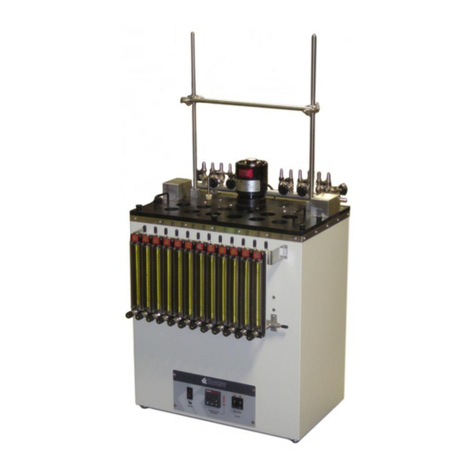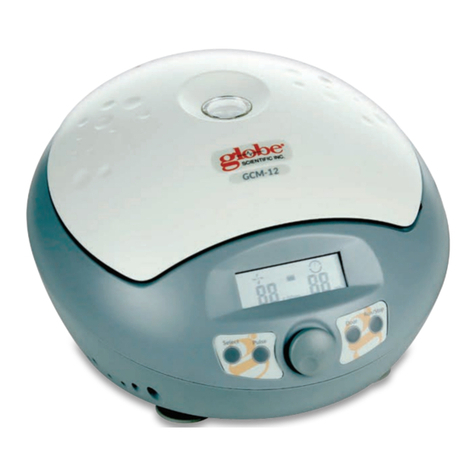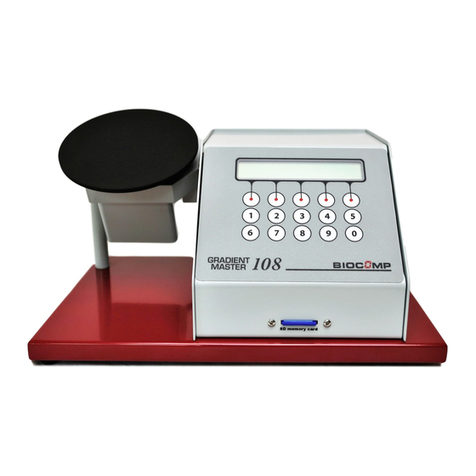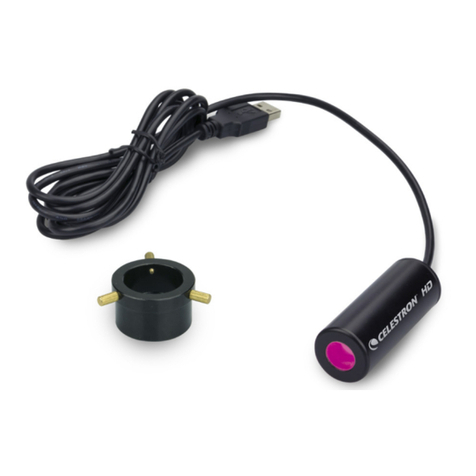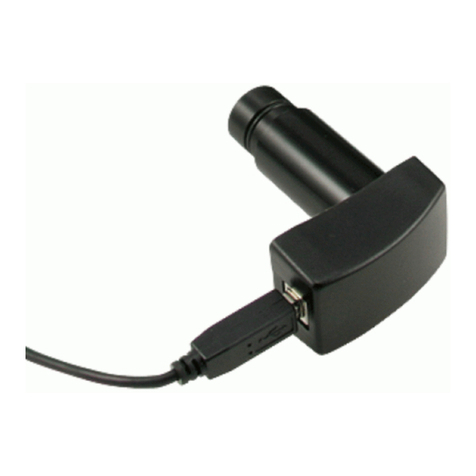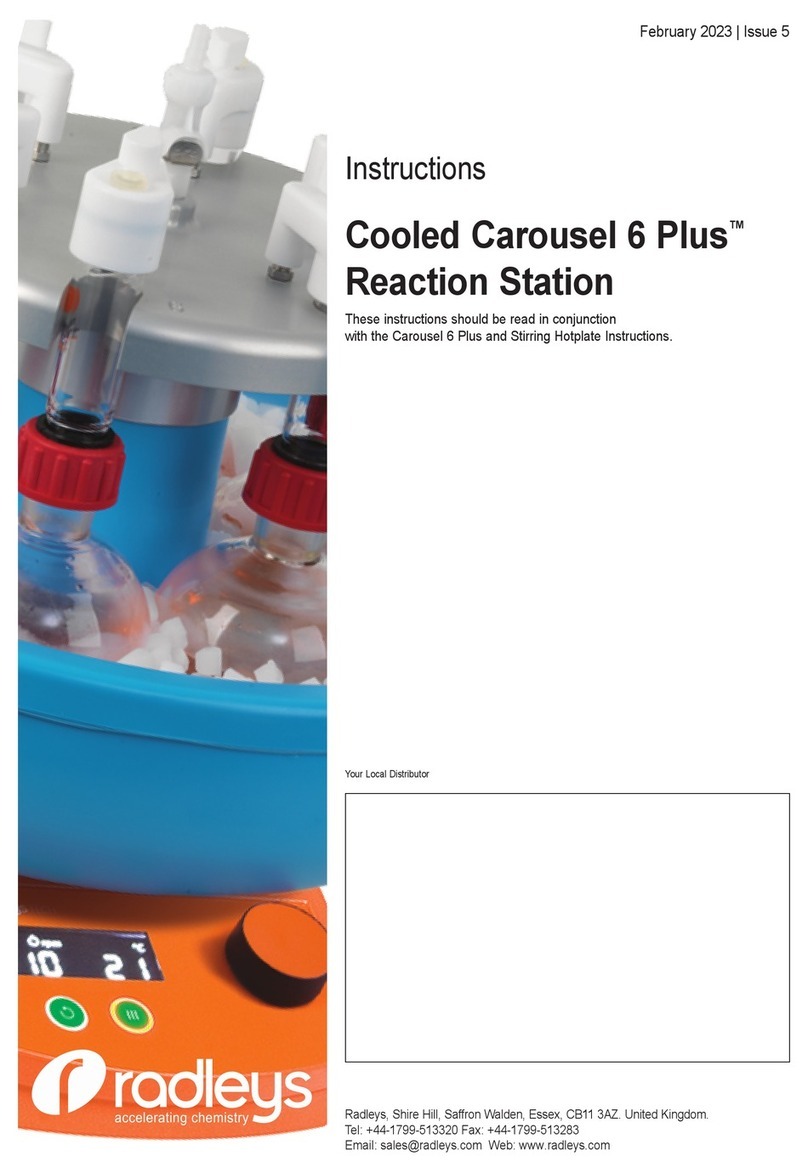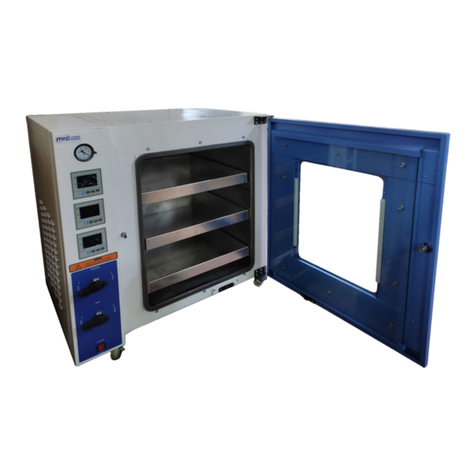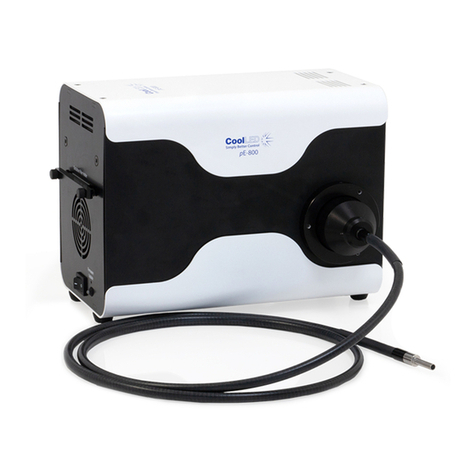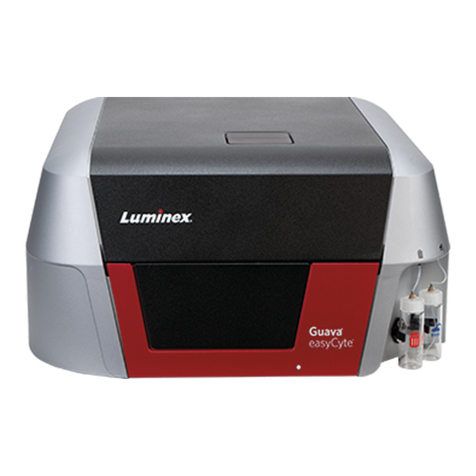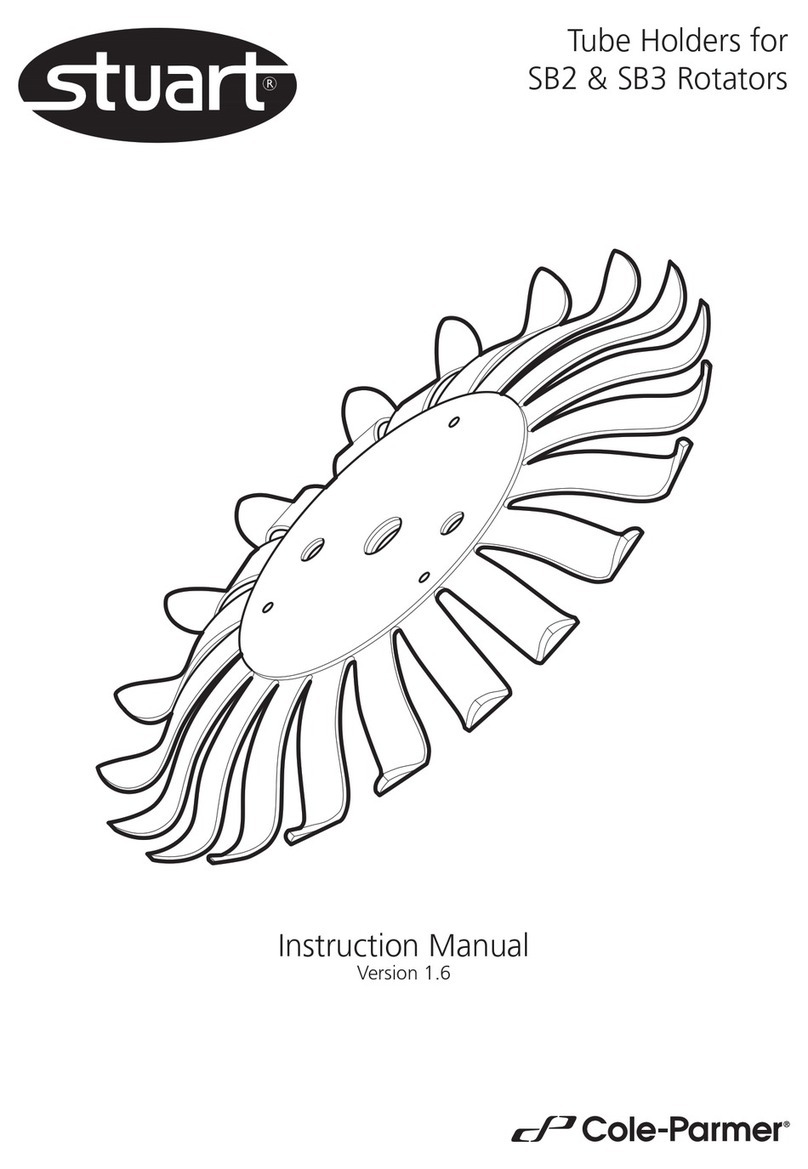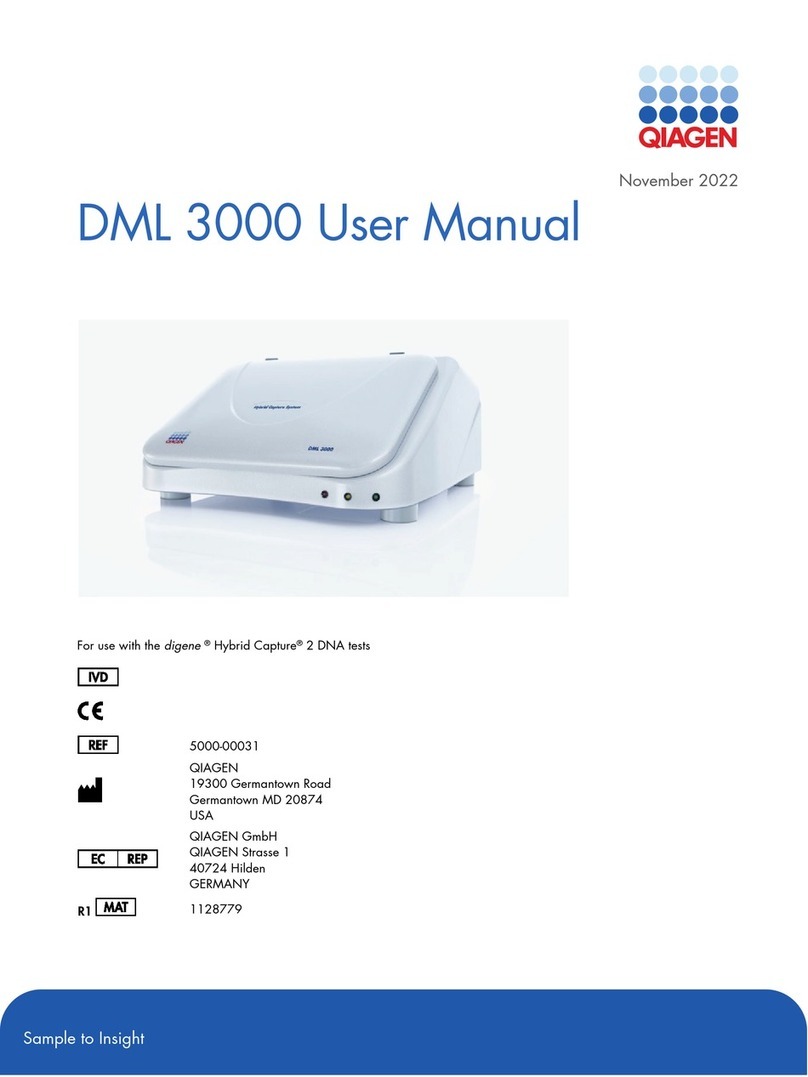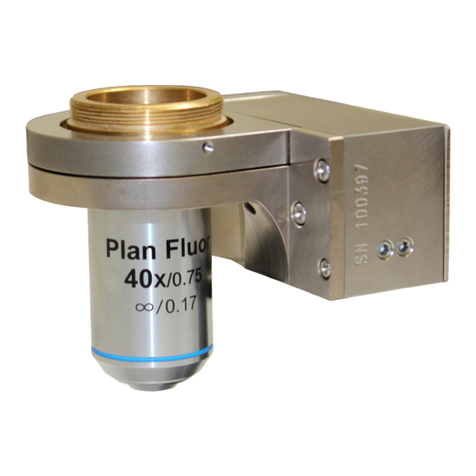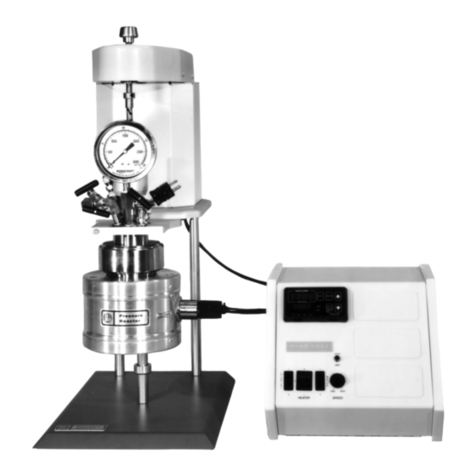HOW
NEXIMAGE
WORKS
Nexlmage utilizes a light sensitive imagi
ng
sensor
to
capture streaming video
of
any solar
system object. This video can easily
be
viewed
as
hundreds
of
individual images (frames) that
can be digitally stacked
to
significantly reduce
the
electric "noise" inherent
in
video chips
and bring out the unseen fine detail (signal)
hidden within your image. The Nexlmage
camera takes advantage
of
the fact that the
signal to noise ratio
of
your stacked composite
image is proportional
to
the
square root
of
the number of frames combined. This means
that stacking
as
few
as
16
frames will reduce
the grainy noise
of
the composite image by
THE
BASICS
Focusing
As with all astrophotography, sharp focus
is
essential
fo
r high quality results. Although
there are many techniques and devices
for
focusing your telescope,
the
human eye
still remains one
of
the best detectors
of
subtle changes
in
detail. One advantage
that
video imaging has over imaging with more
sophisticated (and expensive) ceo cameras
is
the speed
in
which it can display its image.
Focusing Nexlmage
is
more similar to focusing
an eyepiece than a CCO camera. Unlike with
long exposure cameras you don't have to wait
many seconds
to
see
the
effect
of
a focus
change.
4 times. While stacki
ng
as
many
900
frames
will improve the image by
30
times! However,
stacking the individual frames is only half
the power
of
the Nexlmage imager. With the
included software package,each individual
frame
is
analyzed
for
quality
to
fil
te
r out
those frames most affected (blurred) by poor
atmospheric "seeing". Th
is
form
of
after-the-
fact adaptive optics, leaves only the sharpest,
clearest frames to
be
stacked and aligned into a
high quality image. Fi
na
l
ly,
powerful processi
ng
features automatically break the image up
in
to
individual unsharp mask layers that can be used
to bring out tremendous detail.
To
achieve best focus, concentrate on a high
contrast feature
of
the
objectyou are imaging.
Focusing on small features such as a moon's
shadow on Jupiter or Cassi
ni
's division
in
the
ring
of
Saturn wi
ll
guarantee best focus across
the entire image.
Once the frames
of
your video are stacked, the
overall brightness
of
the composi
te
(stacked)
image is usually brighter than its individual
component frames. For this reason it is best to
keep
the
brightness
of
the
video image seen
on the screen dimmer than you would normally
desire. It is important that no part
of
the
image
is
over-exposed
to
assure
the
ma
ximum
amount
of
detail
in
the final composi
te
image.
ENGLISH I 7

